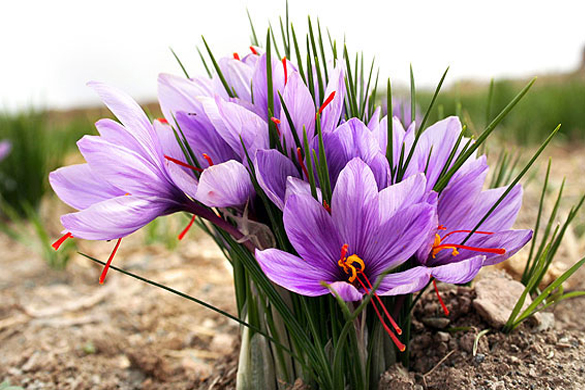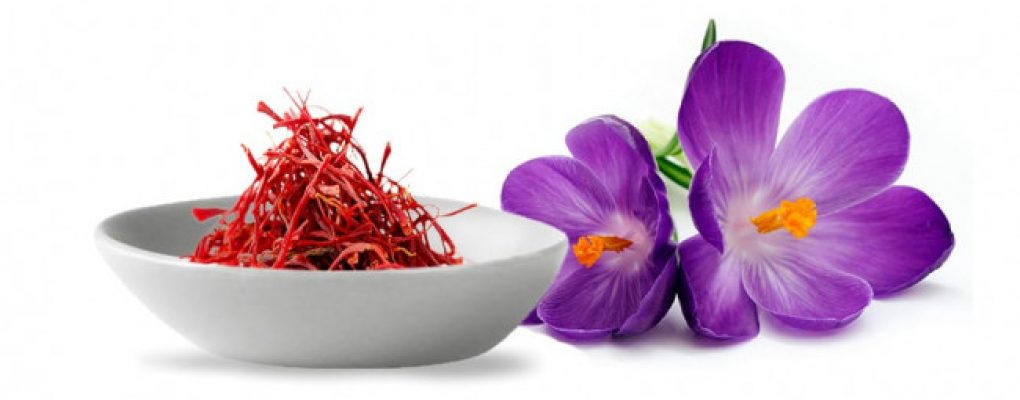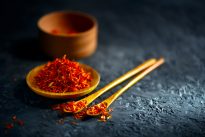Where does saffron grow
Saffron Doesn’t Grow on Trees
Where does saffron grow : Saffron is a spice known throughout the world, and history, for its unique flavor, color and aroma. It is the world’s most precious spice, and with very good reason. Each Saffron filament is one red stigma from the flower of the Crocus Sativa plant, and there are only 3 stigmas per flower.
These flowers must first be hand picked, as a machine would badly damage the stigmas, and then the extremely delicate stigmas must be carefully pinched off by hand, taking care not to break them. You would need to repeat this process for over 75,500 Crocus Sativa flowers to get only 1 pound of saffron.
So even though the properties of this exotic spice certainly help to make saffron a precious commodity, it is the painstaking and labor-intensive gathering process that makes this spice so rare and valuable.
Please for more information or any inquiry click here ……

Origin of saffron
Depending on where your saffron was grown and harvested, it could be perfectly normal to have the yellow style still attached or it could be the first sign that your saffron isn’t quite up to snuff.
Iran – Saffron from Iran, the largest producer of saffron in the world, is very thin and small in size and there are two basic varieties.
One contains only the red stigma with absolutely no yellow style; whereas the other comes with the full style attached to the stigma and tied in a bunch of several hundred.

Saffron countries of origin
This Table shows only a selection of the most important countries of origin and should not be thought of as exhaustive.
| Europe | Spain, Greece, Italy, France, Russia, Portugal |
| Africa | North Africa |
| Asia | Iran, India, Pakistan, China, Japan |
| America | USA (Pennsylvania) |

Saffron color purity
Unfortunately, there is nothing to stop saffron producers from making their saffron with only half true stigmas and the other half made up of the yellow styles. There’s also nothing to prevent them from dying these yellow styles red to give the appearance of quality saffron.
Now if you come across saffron that seems too good to be true – it’s all red and very inexpensive – you’re probably dealing with inferior saffron.
Remember to look for the ISO certification, which all quality saffron will have. But if you bring it home and you’re still not so sure, here’s a quick test. When you first put quality saffron in liquid, the liquid will turn a slightly pale yellow, and over time will turn the liquid a stronger and more vibrant color.
If your saffron immediately turns the water a strong yellow, this is a sign your saffron was artificially colored. What you are actually seeing is the dye washing off your saffron.
Product description
Saffron is produced from the dried, yellowish orange 2.5 – 4 cm long stigmas of the purple-flowered saffron crocus. The stigmas are in the form of tubes which open out at the top into a funnel shape. It is the most valuable, most expensive spice in the world.
Harvesting saffron is very labor-intensive: each blossom has three stigmas, which are picked by hand in the morning, before the heat of the day, and then dried for 15 – 30 minutes. The blossoms are thrown away.
The term spice is used to refer to plant parts which serve to improve the odor and flavor of foods. They contain essential oils and other ingredients which have a strong seasoning action.
Spices are processed, cleaned, graded and carefully packaged for overseas dispatch in the countries where they are cultivated. They are dried to preserve them for transport and storage. In consumer countries, they are delivered to spice mills, where they are cleaned and graded again, ready for sale in ungrounded or ground form.
Saffron has an aromatic, hot and slightly bitter taste. Saffron contains a water-soluble coloring matter known as croc in, which provides a golden-colored dye which is effective even at a dilution of 1:100,000.
1 kg of saffron represents 100,000 to 200,000 blossoms, the stigmas of which have to be removed by hand, which explain the high price and the frequent cases of adulteration with parts of other plants and other organic or inorganic substances.
Packaging
Saffron is very light-sensitive and hygroscopic and must therefore be well sealed and protected from light during transport. The product is therefore packaged in cans which are in turn packaged in boxes. Sometimes saffron is packaged in corrugated board cartons lined with aluminum.
Please for more information or any inquiry click here ……
All Type Of Saffron
-
Saffron Powder Special price + analysis + sale offer
Saffron Powder is not a kind of saffron such as Negin or Pushal. It is a form of saffron, which producers make from grinding the saffron threads in the industrial scope. The final product color is slightly lighter than the…
-
bunch saffron Special wholesale price + analysis + sale offer
Bunch Saffron has different names, such as Dasteh Saffron or Dokhtar Pich Saffron (Dochtar Pitsch Saffron, or Dokhtar Saffron). Dasteh Saffron is the complete stigma (filament) of saffron in bundles. In other words, it contains the stigma with the whole…
-
mancha saffron ( Pushal ) Special wholesale price + analysis + sale offer
Mancha Saffron is the stigma part. Since in Pushal is not cut like Allred during production so the complete red-colored parts are maintained along with a little bit of the orange-colored threads. All the three stigma threads are attached like…
-
Sargol Saffron | most economical saffron for import
Sargol Saffron | most economical saffron for import : sargol saffron consists only of Dark Red Stigma (thread) Tips. So. in other words all the white and orange parts are removed. This saffron is the second most expensive type of…
-
all red saffron | super negin saffron Special price + analysis + sale offer
All Red Saffron | Super Negin Saffron | Best Iranian Saffron : Negin Saffron is the most expensive type of Saffron because it has the highest quality compared to other types. When three stigma threads are attached together we call…












 3 kind raisin
3 kind raisin 


